10 Great Reasons To Try Raised Bed Gardening
If you’re like most families, you’re always looking for new ways to improve your self-reliance. One great way to do that is by taking up gardening. But not all gardens are created equal – raised bed gardening offers a lot of advantages over traditional in-ground plots.
What is Raised Bed Gardening?
Raised bed gardening is a type of gardening in which the soil is raised above the ground level. This can be done by mounding the soil, using raised beds, or by using containers.
Raised bed gardening has many benefits, including improved drainage, increased aeration, and better root development.
In addition, raised beds can be custom designed to meet the needs of specific plants. For example, raised beds can be made to accommodate taller plants or plants that require more drainage.
Raised bed gardening is an ideal way to garden if you have limited space, or if you want to create a more attractive garden. I purchase all of my garden seeds from this company: SeedsNow
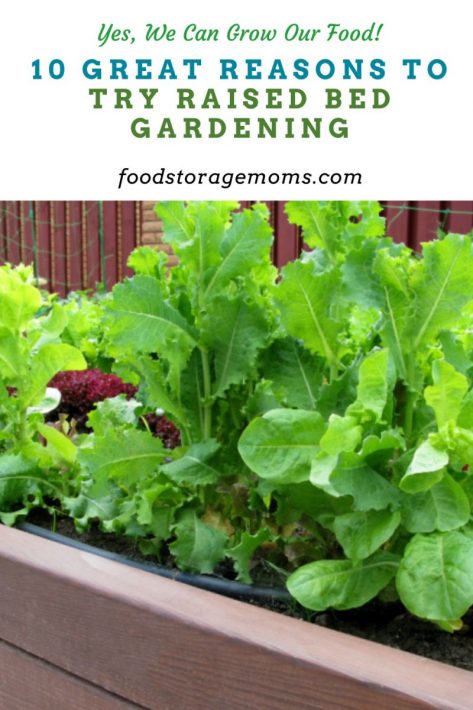
10 Reasons To Try Raised Bed Gardening
If you’re like me, then you’re always looking for ways to make your life a little easier. And when it comes to gardening, raised bed gardening could be the answer. Here are 10 reasons why you should give it a try:
No Tilling
A raised bed is the easiest possible garden. This is because it’s the no-work kind of gardening. Instead of tilling your soil year after year to add fertilizer and amendments, you can maintain the raised beds simply by adding materials on top, or if you feel it may need a tune-up, turning the small area over by hand.
Compost, mulch, and other soil amendments can all go right on the top few inches of the soil without the need to till it. As worms and roots push through, the soil does its own tilling.
Fewer Weeds and Crabgrass
Weeds and crabgrass are pesky garden problems. But they’re also easy to avoid, or at least minimize, with raised beds.
Since the soil in a raised bed is not tilled, it’s much more difficult for weed seeds to get down into the soil where they can germinate and take root.
And since the soil is higher than the surrounding ground, crabgrass won’t be able to take over your garden.
Pest Control
One of the best things about raised bed gardening is that it’s easy to keep pests out.
You can put a physical barrier around the perimeter of the garden, such as chicken wire, to keep rabbits and other animals from getting in. You can also use floating row covers to keep pests from getting to your plants.
Easier on Your Back
Gardening can be tough on your back, but it doesn’t have to be. With raised beds, you can garden standing up, which is much easier on your back than bending over.
You can also use a stool or a small set of steps to make it even easier on your back.
Better Drainage
One common gardening problem is poor drainage. But with raised beds, you can easily control the drainage.
By raising the bed and adding drainage holes, you can make sure that water drains away from the roots of your plants. This will help to prevent root rot and other problems caused by too much moisture.
Customizable
Raised beds can be customized to meet the needs of your plants. If you have taller plants, you can make the bed deeper. If you have plants that need more drainage, you can add extra drainage holes.
And if you want to, you can even build a raised bed with a built-in trellis for vines and other climbing plants.
Attractive
Raised bed gardening can be very attractive, especially if you use decorative materials for the sides of the bed.
You can use bricks, stones, or even wood to make your raised bed stand out. And by adding a few flowering plants around the perimeter of the bed, you can create a beautiful garden feature.
You Can Plant Earlier in the Season
Since raised beds warm up faster than the ground, you can plant your garden a few weeks earlier than you could if you were planting in the ground.
This is especially helpful if you live in an area with a short growing season.
Great For Beginners
If you’re new to gardening, raised bed gardening is a great way to start. It’s easy to set up and maintain, and it’s a great way to get your feet wet without being overwhelmed.
Once you’ve tried it, you may find that you never want to garden any other way!
Good For Urban Gardeners
If you live in the city, you may not have a lot of space for gardening. But that doesn’t mean you can’t garden! Raised bed gardening is perfect for urban gardeners.
Since it doesn’t take up a lot of space, you can easily fit a raised bed into even the smallest patio or balcony. And since you can control the soil, you don’t have to worry about planting in polluted soil.
Raised Bed Gardening Tips
Now that you know all about the benefits of raised bed gardening, here are a few tips to get you started:
- Choose the right location. Raised beds should be in a sunny spot with well-drained soil.
- Make sure the bed is the right size. It should be at least 4 feet wide so you can reach the plants in the middle without stepping on the soil.
- Line the bottom of the bed with landscape fabric to prevent weeds from growing up.
- Add a layer of gravel or other drainage material to the bottom of the bed before adding your soil.
- Fill the bed with a mix of organic compost and topsoil.
- Water the bed well before planting.
- Add plants or seeds, and then water regularly.
- Mulch the bed to help keep weeds down and retain moisture.
- Fertilize the bed every few weeks with an organic fertilizer.
- Enjoy your beautiful raised bed garden!
Should Raised Beds Be in Full Sun?
Most plants need at least six hours of direct sunlight per day, so it’s important to choose a location for your raised bed that gets plenty of sunlight. If you’re not sure how much sun your location gets, you can use a solar meter to measure the amount of light.
What Size Should Raised Beds Be?
Raised beds can be any size, but they should be at least 4 feet wide so you can reach the plants in the middle without stepping on the soil. If you have limited space, you can make the bed narrower and put it against a wall or fence. My other suggestion is to make sure they are at least 18 to 24-inches tall or deep. Tomatoes and potatoes like deeper raised garden beds or pots.
How Deep Should Raised Beds Be?
The depth of your raised bed will depend on the plants you want to grow. If you’re growing taller plants, you’ll need a deeper bed. The average depth is about 6-12 inches. This didn’t work well for me. When I raised the garden beds up to 18 inches, my garden flourished.
What Type of Soil Should I Use in My Raised Bed?
For the best results, your raised bed should be filled with a mix of organic compost and topsoil. You can also add in some perlite or vermiculite to improve drainage.
More On Raised Bed Gardening:
- Gardening In Raised Gardening Beds
- How to Improve The Soil In Raised Garden Beds
- Gardening Techniques: Which is Best For You?
Final Word
Raised bed gardening is a great way to garden, and it has many benefits. So if you’re looking for an easier way to garden, have limited space, or if you want to create a more attractive garden, raised bed gardening is definitely worth a try.
Have you tried raised bed gardening? Which do you prefer: raised beds or traditional? Let me know in the comments below! May God Bless this world, Linda
Copyright Images: Garden Wooden Box AdobeStock_330163939 by allika_ps

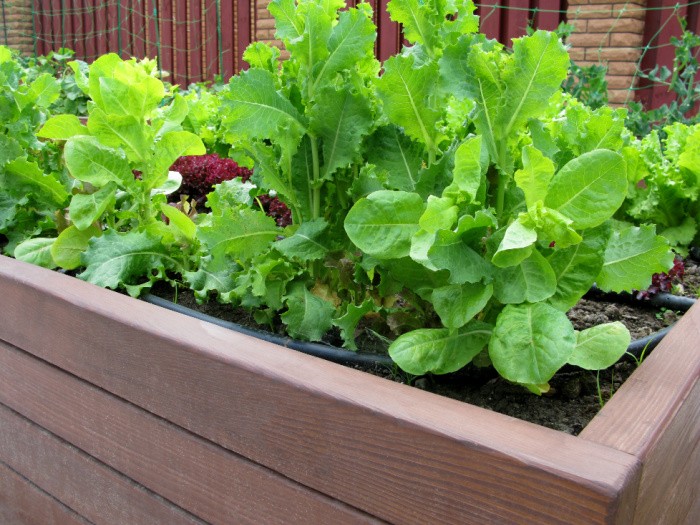

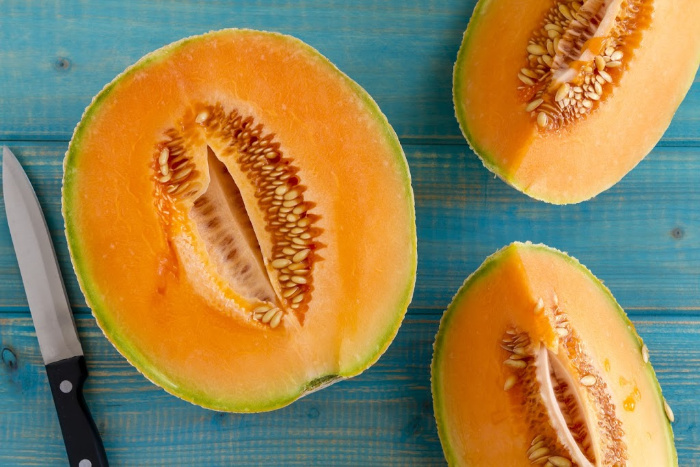
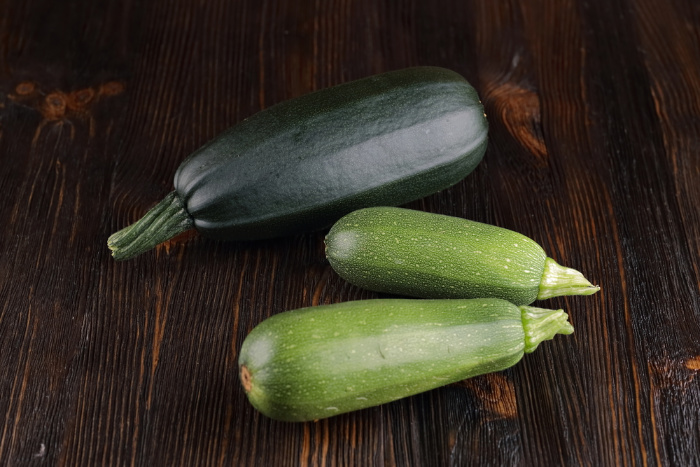
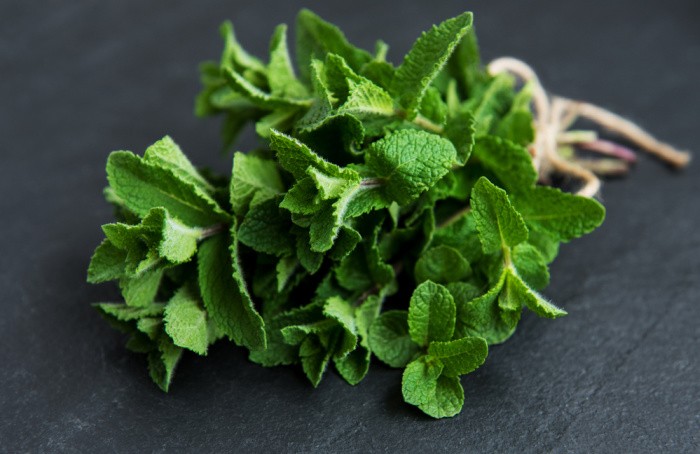

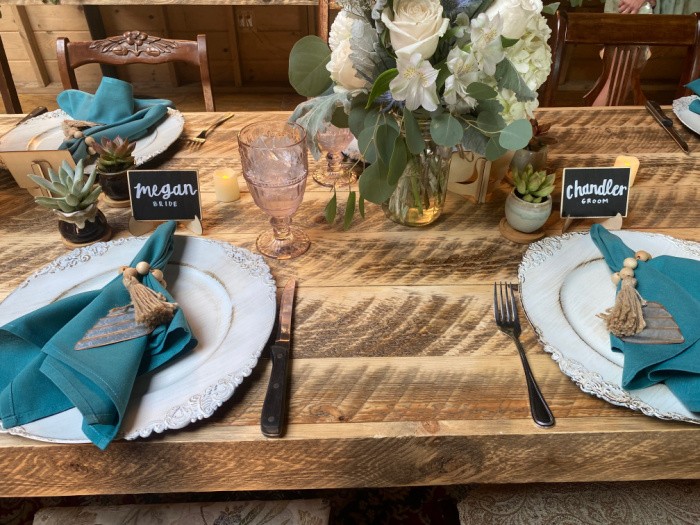
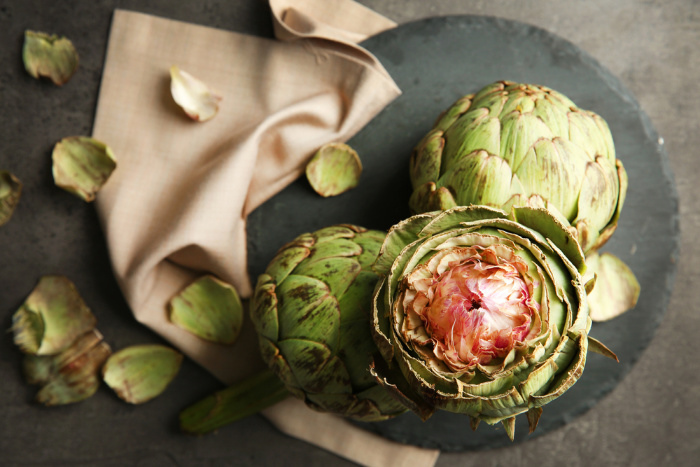
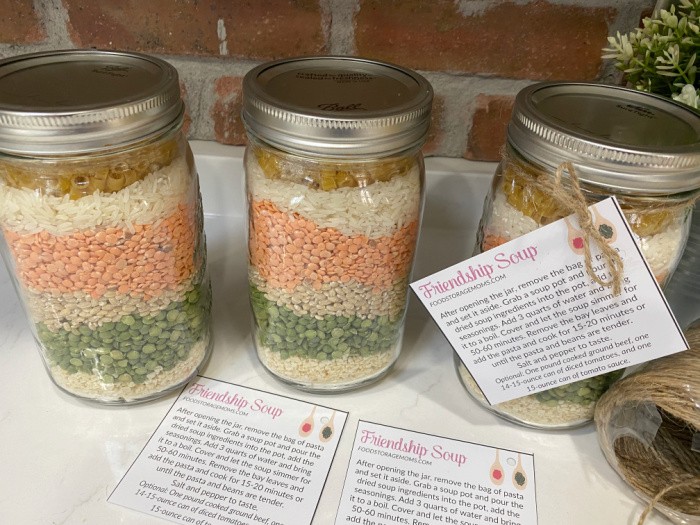
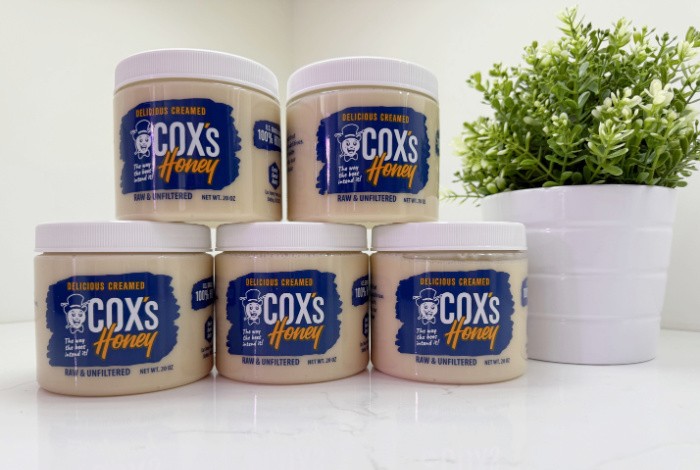
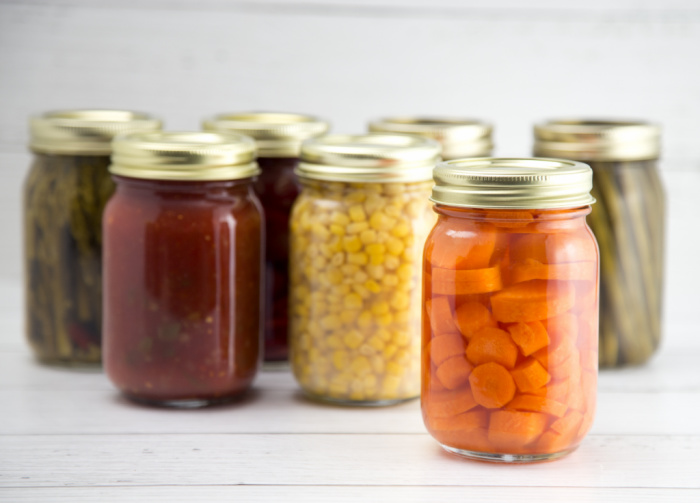


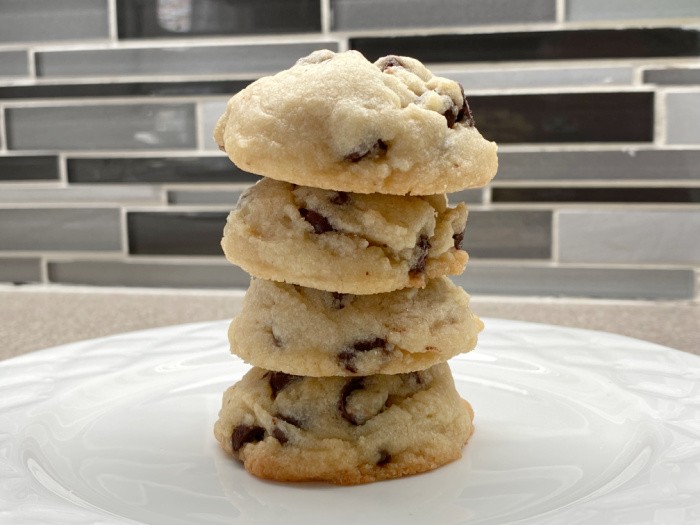

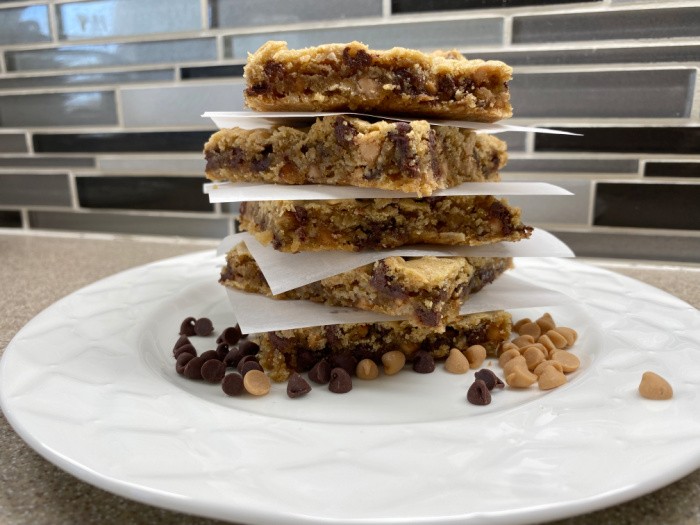

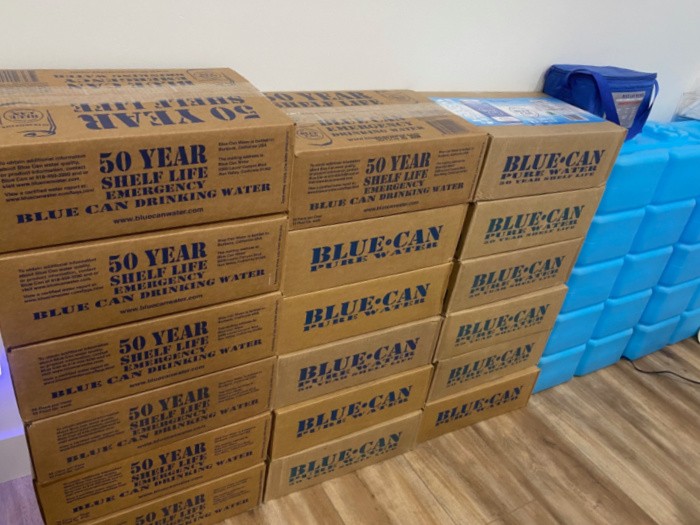
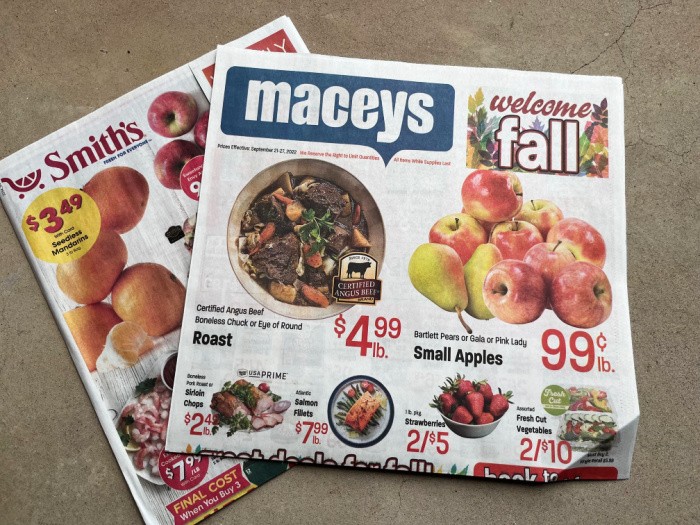
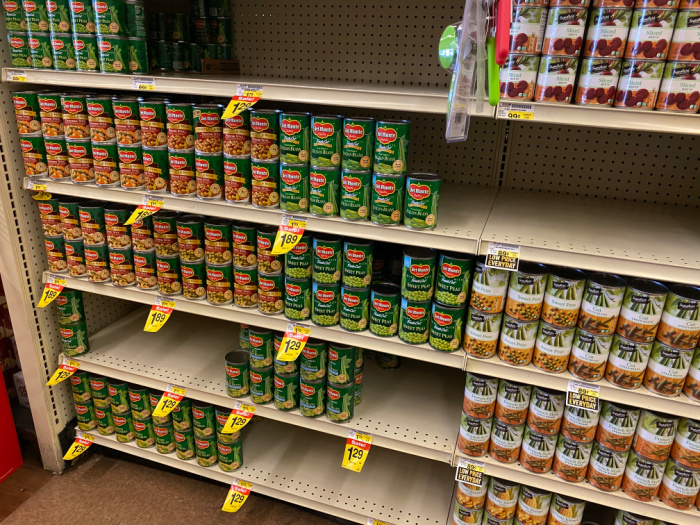

I’ve got raised bed container garden. Drainage isn’t the issue it’s keeping enough water poured to it in 102-110 heat. It’s worked well so far. They get sun from 6-4 then it’s in the shade which has really been a bonus this year. Our traditional full sun garden burned smooth up with the temps being way excessive a month in advance. It’s been 2 months since we’ve had significant rain.
I appreciate the back saver on my house raised garden by the evening especially after working the other one in the ground, the farm and whatever other tasks I’m doing that day like cutting wood or building fence.
One day that raised bed will be all I can handle I reckon but in the meantime I got to make make more fresh salsa
Matt, you mentioned making salsa. One of the young men I know has over 100 tomato plants all in buckets and he makes Salsa all the time.
My garden is all in buckets and flowerpots and it does pretty well. I always try new ideas about what to plant in the buckets. This year I tried corn and it did pretty well except I didn’t plant it early enough. It was easy to keep the buckets and flowerpots water since they are on my back deck. Easier for picking the tomatoes too. I will keep doing this
until I can get new knees.
Corn will work. I’ve planted popcorn right outta the bag in containers. Keep trying
Hi Matt, you did, oh my gosh, I love this! Linda
Hi June, wow 100 tomato plants all in buckets!! I love hearing this! I love hearing corn worked in buckets. New knees are a blessing! Linda
Hi Matt, oh you have so much to care for and family including growing your own food is so awesome! One day you will love having raised garden, That’s all I can do now at my age. Next year I plan on putting together many raised garden beds. Linda
Good Morning. This year I’ve got a few things planted in pots of different sizes. I planted potatoes in an old trash can I had. Anxious to see how many and what size I get. Next year, I’m planting everything in 13 gallon stock tubs as this year was an experiment on what I can grow at this altitude. I’m really pleased with the little that I grew this year. I didn’t do tomatoes this year because it doesn’t get hot enough, but I’ve already figured out how to do a mini greenhouse over them for next year. I so love tomatoes from the garden. Hoping to do a lot more next year.
Hi Pam, this is so exciting to hear!! 13-gallon stock tubs, I will have to go check that size out, I Love it! The mini greenhouse would be so fun to have! i Love this! Linda
Linda, I learned the hard way to line the bottoms of my raised bed gardens with either 1/2″ hardware cloth or multiple, offset layers of 1″ chicken wire (poultry netting). If you have tunneling pests like moles, packrats, gophers or ground squirrels, mice, voles, etc., that is the best way to keep them out. At least I don’t have to contend with raccoons and deer.
The beds are surrounded by 1″ chicken wire three feet tall, which is more than adequate to keep rabbits out. I also have PVC hoops in the beds that I cover with bird netting to keep the quail and ground squirrels out. I use loosely clamped zip locks attached to the PVC so when I need to weed, plant or harvest I can just slide the bird netting up out of the way. In the winter months I cover the hoops with 6 mil clear plastic which converts my beds to mini-greenhouses and allows me to grow food outdoors year round with no auxiliary heat. On those rare occasions when temps drop into the teens I sometimes set gallon milk jugs full of water out into the beds. They absorb heat during the daytime and release it at night. The plastic also keeps frost off my plants. Works well for me.
I use soaker hose manifolds I built to water the garden beds and have drip irrigation in my containers (19-26″ pots).
My raised beds are 12″ deep and they do set on the ground so they don’t do much for saving my back, but here in the desert it’s the only way to garden.
I do wish I’d have built them out of cinder block instead of the landscape timbers I used. It would be easier to maintain their appearance if I had done so and the cinder block would make it easier to keep critters out.
I’ve gardened in many different States and raised beds are often the best way to go.
Hi Ray, thanks for all your tips on your raised beds.There is a company in Utah that sells some raised beds that are 32 inches high and I thin 6 feet wide and 4 feet across. I hope they are selling them next year if we ever get our house built. Crazy, we have been ere 9 months now. Patience! LOL! Linda
Linda: Could you please find out the name and address/phone no. of the company in UT that builds those tall raised beds, please? I and, I’m certain, other readers are interested in those! Thank you! BTW, I just bought my very first raised garden bed made of steel (have had several made of wood, all of which degraded and fell apart!! The one I bought is called a Vego Raised Bed. So far, to me, it seemed like one of the best ones out there and they are very careful to not sell you something with sharp edges to injure you!
Hi Joyce, those are the raised beds I a going to buy the Vego Raised Beds. I am going to get the 32-inch tall ones. They are the only tall ones I can find. Yay!! I’m glad to hear you bought one!!! Yay!!! Linda
Believe it or not, when I just told my husband that people out West are having their tomato plants “cook” when planted in buckets, so that they die without producing, smarty pants that he is, his immediately replied: Tell them to put the buckets into the GROUND, because the temperature of the ground will be less than the open air! WHY DIDN’T I THINK OF THAT??? That’s what all peppers say about keeping your food cool for a short time!! That may not work for all of you out where the weather is so brutal, but it certainly was a good thought…maybe worth trying???
Linda, one other advantage of raised beds is it’s easier to maintain or adjust your soil’s pH because you don’t have to fight clay or, in my case, caliche, to improve your soil.
Hi Ray, oh I hear you on the poor soil, it took me two years to figure out the clay and caliche in Southern Utah. Nope, I had to bring in 100’s of bags of soil, no truck so that’s how we roll. The Ph is critical!! Thank you, Linda
One year when we were living in Sacramento, CA, we had a small cinder block section of the garden; it was two cinder blocks wide and seven cinder blocks long. In that space we had three tomato plants. The yield of tomatoes was 109 lbs for the season. There are big advantages to growing in cinder blocks like Ray White mentioned. You can make it as high as you want it to make it easier on the back and you build it only once! No rotting wood over the years. I have grown in all types of containers over the years there in Sacramento. We also used wood chips throughout the garden, especially in the pathways. We got them FREE. When we heard the loud tree shredder working in the neighborhood, we went to tell them they could dump in our driveway and then we hauled them in the back yard. In So Arizona, I use waist high grow boxes and we do have a 6’x6′ PVC box in another section that will last for years. Purchased that from Costco online.
Hi Carol, oh my gosh, those sound great! I will look at Costco online, thank you!! Linda
Hi Carol, 109 pounds of tomatoes are amazing! I LOVE hearing this! Linda
Once of the most interesting gardens I ever visited was grown on a slab of concrete about the size of a couple of garages. The guy had built up great soil and used compost and worms in that soil. He grew so much in that space. The several different kinds of berries were so delicious. The garden was surrounded by fruit trees. He was a nutritionist and used all kinds of fresh fruits and vegetables from the garden in his meals and classes that he taught. Later this became so popular that he did tours about once a month. Goes to show that you can grow in many places that others would thing unsuitable if you are willing to put in the effort and work whatever space you can to grow more and more of your own food. I think gardening is an absolute necessary skill to have.
Hi Carol, oh I love this comment!! A slab of concrete!! That would be so awesome the size of two garages! You are so right it is a skill we all need! I love working in the garden, it gives me so much joy and food!!! Linda
I put in 17 animal trough water tanks I use as raised beds. They are 8 ft long, 2 ft high, and 3 ft wide. I was able to get factory seconds for a good price. We put drainage holes in the bottom, set them on weed fabric, put 3-4 inches of sand in the bottom, added drip irrigation, good topsoil, compost & aged manure and they work wonderful! It was so wonderful picking beans this morning as with that height I don’t have to bend over. They are also easy to keep weeded.
HI Kay, oh I need to check out these animal troughs, I love this idea! The size is what I’m looking for, great idea! Linda
I’ve always liked the idea of raised garden beds. I haven’t had much luck with finding decent pre-built ones until this year. Costco has them with self watering in the bottom. It works “ok” but not ideal. Living at almost 5,000 feet, we have a short growing season. Now, we’re around 104 for over a week (I know nothing like Matt and Ray experience but it’s awful enough for me!) I can keep enough water in them. I just have one for herbs and then some peppers, tomatoes and zucchini. We have such terrible squash bugs that I gave up on the pumpkins, which I dearly love. The soil here at our place is horrible and there isn’t much space for planting anyhow. That leaves beds and containers. My tomatoes are doing horrible this year; real scrawny and weak but I did still get some – just not as much as I’m used to. I think a person has to have a real talent for gardening, something that skipped my genes! I’m super envious of those who can grow real good gardens. Ya’ll are rock stars!!!
I’m also at 5000 feet so with the short season I have to either start tender plants inside or buy pony packs ready to plant (tomatoes, peppers, melons, etc.). This year it’s been so hot that the tomatoes are not setting fruit so it’s the worst my tomatoes have ever been. The peppers however love the heat and are doing great! I’m also noticing a lot more problems with bugs than ever before. The heat has put a lot of plants in survival mode. A lot of very experienced gardeners are having trouble so you’re not alone! Put good soil with compost in those garden beds as soon as you can. I have clay soil and tried to amend it for over 15 years – it was better but not very good – so just a constant fight to get things to grow (besides weeds).
Hi Kay, great comment, you are so right! Linda
Hi Robbie, I have heard so many people this year struggling with the heat and keeping their gardens alive and able to produce. I don’t remember ever hearing the heat and drought as bad as it is this year. Squash bugs are a nuisance for sure. All we can do is grow what we’re able to grow. It’s all good, Linda
Robbie: For squash bugs, I plant lots of Mexican and African Marigolds around the area where the vines are planted. Never used to do this, and by mid-season I always had lots of wilting leaves and plants dying. NOW, I am a huge fan of the Cracker Jack Giant Marigolds!! Can be started from seed or purchased in a garden store quite easily. People who visit my garden to pick the berries growing around the perimeter always comment on how gorgeous those giant swaths of tall marigolds are, and I don’t mind them (even though I’ve never liked marigolds), because they are so giant and impressive-looking!! Best to you on all of this. If only someone would tell me WHY I cannot get beets to grow in my soil? I plant them carefully, watch the watering and maybe get 1 from a whole row if lucky. Yes, we have some clay, but it’s not THAT BAD!! HELP!! Cannot grow corn, either, due to smut that never lets us get any worth eating! Any tips out there?
Hi Joyce, great tips on the Marigolds!! Some years I have a huge crop of beets and other years, they are barely 2 inches in diameter!! I do know corn needs a lot of nitrogen, I buy it now because we are in the middle of building our home.
Yeah, but Linda, I would be OVER THE MOON if I got 2″ beets. When I plant them I get ONE OR NONE!! What the heck?
Hi Joyce it must be the fertilizer, too much water, not enough water. I have to hand pollinate most of my zucchini and cucumbers or they will not produce. I would ask your local nursery what soil is best for the beets or the brand of beet seeds. Are the seeds germinating? Linda
Phew! I’m glad to hear I’m not alone! The heat has been round 104 for days and days and days – an expected to continue. I’m just staying inside, quilting, etc., trying to survive. I can’t wait for Fall…and snow! My peppers have done better this year than before but this is like the 3rd year my tomatoes are doing so poorly. I’ve always gotten them at Costco but I may have to switch that up. I did put all new soil (the good stuff) in all my beds and containers this year hoping it would help. The herbs are thriving but I don’t think you can fail too much with them otherwise I would! I haven’t noticed bugs, tho…thank goodness!
Robbie – I’m staying inside quilting too! I work in the garden/yard at 6:30 in the morning for a few hours as it gets hot quickly. We have been in the high 90’s for a month. Try wall-of-water on your tomatoes to get them going quicker (for me that’s the first of May vs the middle). This year it was cold & rainy until the end of May so it put my tomatoes behind (because I didn’t use wall-of-water) then it got too hot too fast. Reminder to self – use wall-of-water every year!
Hi Robbie, I had to quit buying the plants at Costco, they were not compatible with our temperatures in Southern Utah anyway. Just FYI. I haven’t been able to garden this year because we thought we would be building our home. Nope, we are still waiting on the building permit. I miss gardening! Hang in there, next year will be better, hopefully! Linda
For amazing Tomatoes, try Tomatoes Alive! fertilizer/soil conditioner and also any sort of fertilizer by Epsoma company. We swear by Epsoma, and have used various kinds of their products with amazing results. Our blueberries grown 2-3 times bigger with their berry fertilizer and so do many of the other berries we grow. As I have mentioned before, we have to BEG PEOPLE to come harvest our blueberries, which was true before, but NOW, we beg to a wider population due to the Epsoma Berry Fertilizer! Even their Hollytone Fertilizer/acid ph-loving plant fertilizer is amazing and can be used on Blueberries!
Hi Joyce, oh I need to check out the brand, thank you!! Linda
I have two tomato plants in pots. They are dying due to the hot temps and no rain. We are under a water restriction and can’t water except for Thursdays and Sundays. They just can’t make it with no water for that long. We didn’t get any off this year. I’m hoping to do better next year with more plants.
Deborah – can you take a pitcher of water from the house and water your two pots so they get water at least every other day? It’s so hot my pots aren’t doing well unless they get watered every day. The problem with pots is that the containers get hot and can cook the roots.
Hi Kay, I totally agree, when I was growing vegetables in 5-gallon buckets they needed water every single day. They dry out so quickly. Linda
Hi Deborah, I hear you on the water restrictions. We have had to cut way back on watering the lawn, no garden this year. But I understand not being able to water your tomatoes, they need water. It’s been a rough year for everyone’s gardens. Hopefully, we will have more water next year. Linda
So sorry to hear about the water restrictions you all are facing!! We have town water, but there are no restrictions as of yet, anyway. The good news Is that my husband insisted he wanted to get his thumb operated on to improve pain levels and flexibility. I guess this sounds mean, but I told him he had to finish fixing the broken well that he has let slide for 4 years, cause I don’t want to pay the town for compromised water to water my garden this year. Usually, he would just blow that off, but he listened and we now (once again) have well water from a very deep well that can be used on the garden, Praise God! However, it is still too cold over here to plant our gardens yet. Well, maybe peas, broccoli and the like. I am hoping and praying for no later than Memorial Day for the tomatoes and peppers I started a couple of weeks ago. I wonder with the water restrictions if you could find a semi-shaded/dappled shaded area to put your “half-cooked” tomato plants and get some jugs or buckets with water in them on the two days you are allowed…then just water plants from the water you’ve saved up. You plants would probably do fine with a little dappled shade if it’s that dry and hot over there. Best of luck to you! Have you tried praying over your tomatoes or talking to them nicely? That sounds crazy, but I’ve heard it makes a difference!!
HI Joyce, I pray every day for my friends and family I will pray I can plant a garden this year in the middle of building our home! Drought is a real thing, I totally agree with the shade cloths, I used them when I lived in the desert. I got another month out of my tomatoes. Yay! Linda